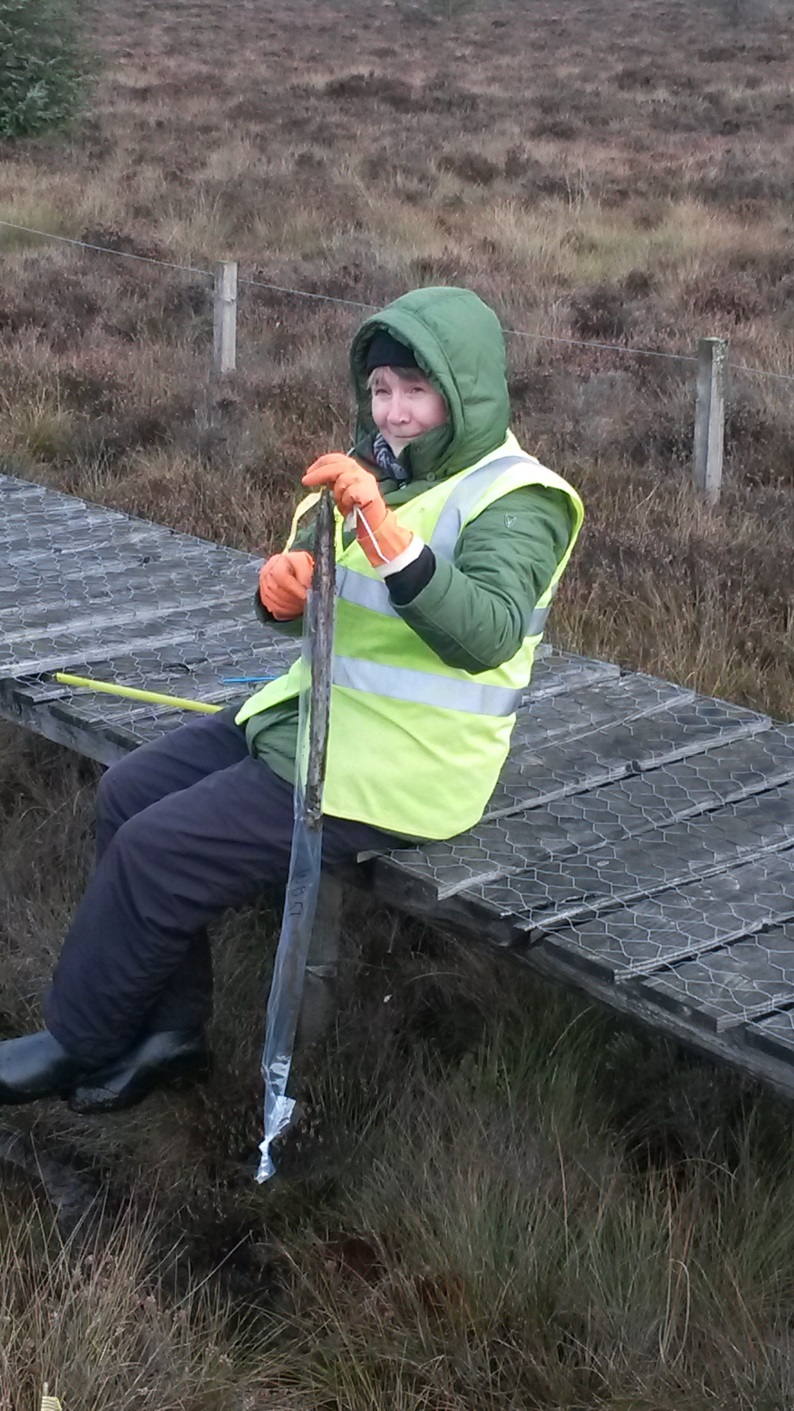By Heikki Kiheri, Natural Resources Institute Finland
Approximately one third of global soil carbon is stored in northern peatlands as slowly decomposing organic material. Peat carbon is accumulated due to net imbalance of production and decomposition. This enormous amount of carbon is sequestered from the atmosphere by plants and accumulated under the waterlogged, acidic conditions in peatlands which considerably reduce the rate of decomposition. Decomposition is a complex process involving many different microorganisms, including archaea, bacteria and fungi. Any increases in the availability of nutrients by atmospheric deposition, such as nitrogen compounds produced as pollution, can increase the rate of decomposition by these microorganisms. If decomposition rates increase, the sequestered carbon within peatlands may be released as greenhouse gases, including carbon dioxide and methane, and the peatland ecosystem may fundamentally change to a net source of carbon. Peatlands have taken thousands of years to form. Therefore it is critical to understand the potential risks of pollution to peatland ecosystems or we risk further compounding the rate of global warming. This is why we have chosen to study the ecological changes at the long-term fertilization site at Whim Bog, as it is ideal for quantifying the potential effects of increasing atmospheric nitrogen deposition. Whim Bog is an LTER site managed by the Centre for Ecology and Hydrology near Edinburgh, Scotland.

Prof. Raija Laiho collecting root ingrowth cores for root production measurements after the growing season in November.
Credit: Tuula Larmola
Key to understanding changes in the peatland ecosystem is determining changes to the vegetation and their interactions with the microbial community. The predominant groundcover plants found in peatlands include members of the family Ericaceae, such as heather and bilberry. These Ericaceous species, or ericoids, rely on a symbiotic relationship with fungi for access to organic forms of nitrogen, which are relatively inaccessible to the plant. The fungi which associate with ericoid roots form what are called mycorrhizae, which is when fungal mycelia form a close connection between their hyphae and plant roots. In exchange for organic nutrients, ericoid plants provide sugars to the fungi.
At Whim Bog we are able to measure changes to vegetation diversity and biomass, root production, nutrient allocation by plant species and mycorrhizal colonization rates of ericoid plants. By carefully measuring these different factors across several treatments of increasing nitrogen fertilization, we aim to clarify the changes to the ecosystem. These data have the potential to increase the accuracy of global carbon cycle models which do not fully account for the carbon stored in peatlands and thus the importance of peatlands to global carbon cycling.

Our host Netty van Dijk and Dr. Tuula Larmola surveying the dense heather-cottongrass vegetation on a warm, sunny August day.
Credit: Heikki Kiheri
We enjoyed our visits to Whim Bog and the weather was remarkably warm for autumn, with sunshine and comfortable temperatures making our work a pleasure. The beautiful countryside provided many observations of wildlife and picturesque farmland, most especially the lovely gnats. Their occasional bites served to keep us on task and focused. Coming from Finland and working in peatlands much further north, we are accustomed to the attention of biting flies, mosquitoes and swarming gnats. Surprisingly, the Scottish gnats were quite ferocious and reminded us that we should have packed our mosquito net hats. Our visit at the end of August was a fortuitous coincidence with the Edinburgh International Festival. It was a great experience to see the city alive with all manner of arts and crafts. Working with the Centre for Ecology & Hydrology has been thoroughly excellent and we look forward to our continued cooperation.











